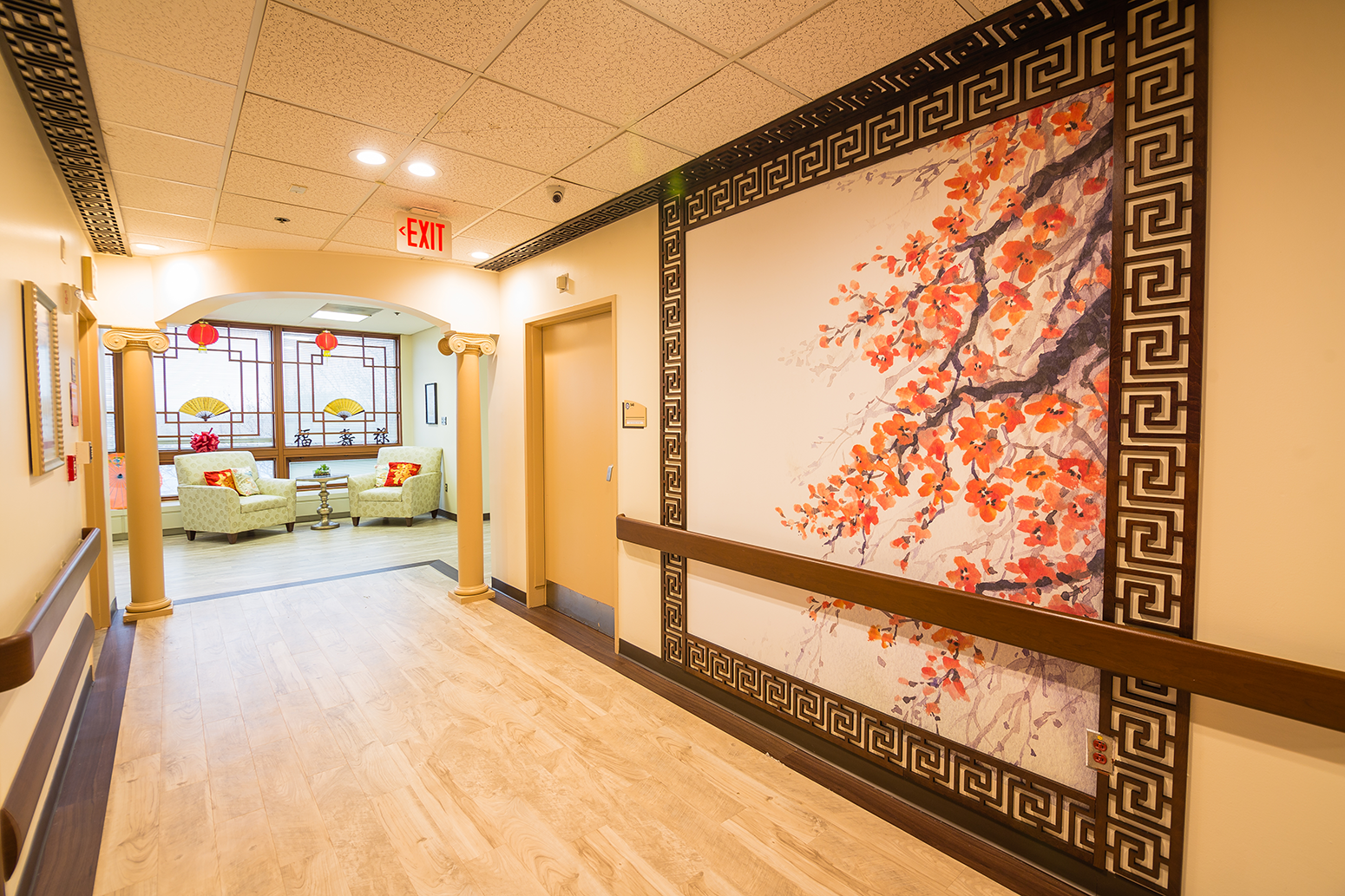“Minds in Motion” Offers Cutting-Edge Care for Those Afflicted with Neurological Disorders
December 8, 2017
Degenerative neurological disorders like Parkinson’s Disease, multiple sclerosis (MS) or amyotrophic lateral sclerosis (ALS) announce themselves with tremors or tingles, with muscle weakness or tightness, with problems ranging from swallowing to even seeing.
While all three are incurable, promising research advances have been made in their treatment. It is also true that in the cases of Parkinson’s and MS, patients’ quality of life can be greatly enhanced if the proper care is administered.
That is the goal of “Minds in Motion,” The Allure Group’s neurological rehab program. A 28-bed specialized unit based in the King David Center in Brooklyn, it is designed to aid patients dealing with not only the above maladies but also those who have suffered strokes.
It is supervised by Dr. Miran Salgado, who with his staff of specially trained therapists helps patients through the use of advanced rehab equipment and techniques. Another part of the program is an ongoing lecture series called “The Vanguard Series,” which is available to staff, patients, families, and the community at large. These talks provide information about Minds in Motion.
The importance of such programs cannot be overstated. About 1 million Americans are living with Parkinson’s, making it the second-most common neurological disorder, after Alzheimer’s Disease. Some 60,000 are diagnosed with Parkinson’s each year.
The numbers for MS and ALS, while not quite as great, are no less sobering. Some 400,000 Americans suffer from MS, with 10,000 new cases being revealed each year. And some 20,000 are afflicted with ALS — also known as Lou Gehrig’s Disease, after the late, legendary New York Yankee who died from the disorder in 1939. About 6,000 new cases emerge each year.
MS is more common among those between the ages of 20 and 50, while Parkinson’s and ALS tend to afflict older Americans — those between 40 and 70 in the latter case, those over 60 in the former.
Other differences in MS and ALS, so similar in many ways, are that MS leads to more mental impairment while ALS results in physical difficulties, and MS is more common among women, while ALS is more common among men.
Donations to ALS research as a result of the Ice Bucket Challenge two years ago led to the discovery in 2016 of the NEK-1 gene, regarded as one of the most common genes in the development of ALS. That in turn resulted in the creation of the drug Edaravone, which is awaiting Food and Drug Administration approval.
There have also been advances in the treatment of Parkinson’s and MS. One notable innovation in the Parkinson’s field involves deep-brain stimulation (DBS) through the use of implants such as the Brio Neurostimulation System.
Stem cell therapy — i.e., any treatment that targets the types of cells that differentiate into many different specialized cells in our bodies — has shown itself to be a promising method for treating MS, in that those cells slow the disease and repair damage to the central nervous system.
Further breakthroughs in the fight against degenerative neurological disorders seem certain. In the meantime, cutting-edge programs like “Minds in Motion” further the quality of life for those afflicted.

